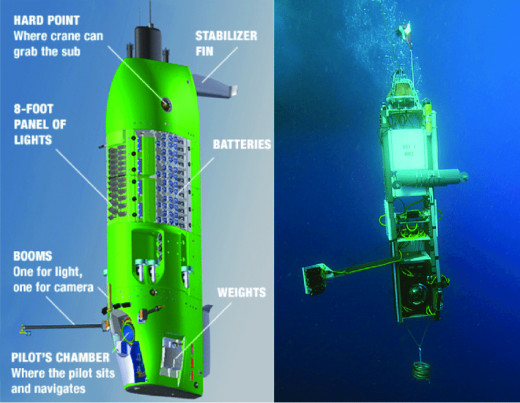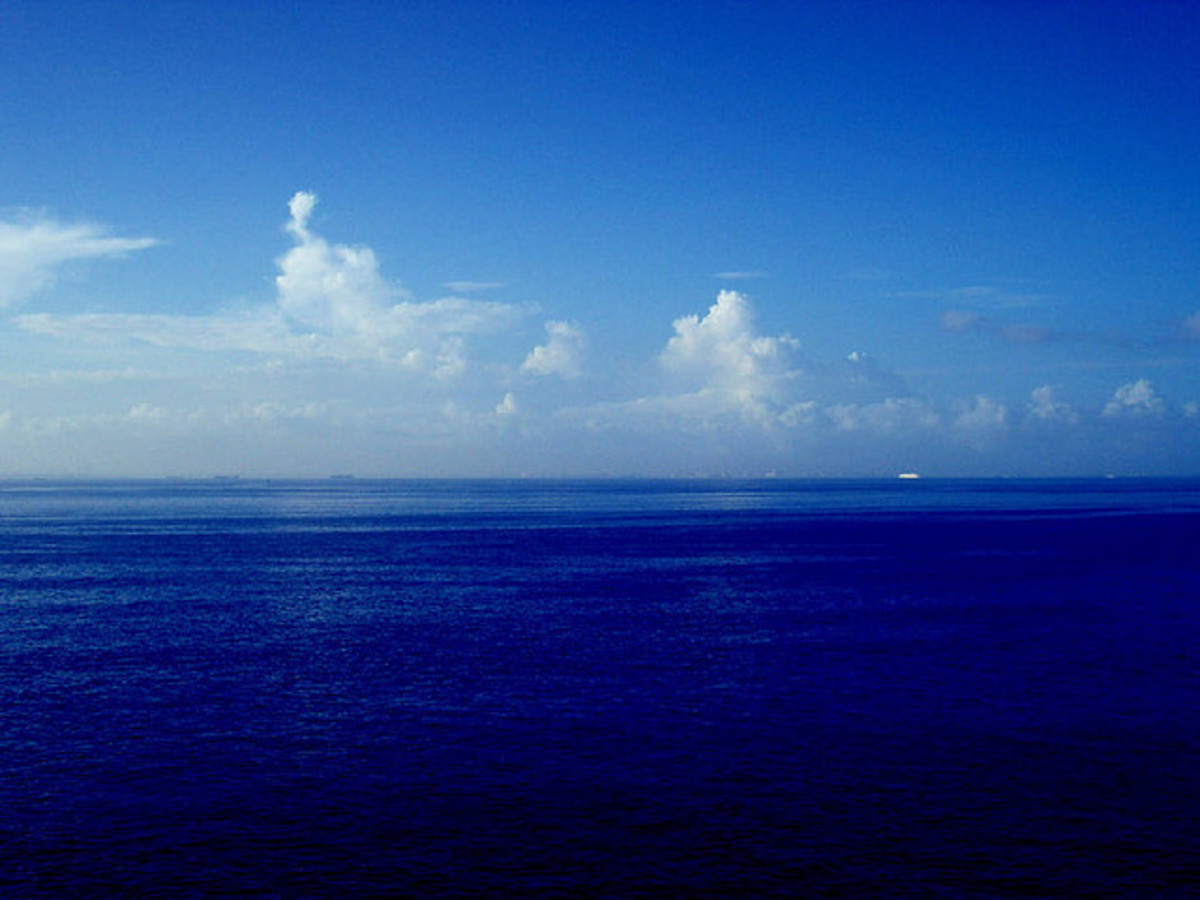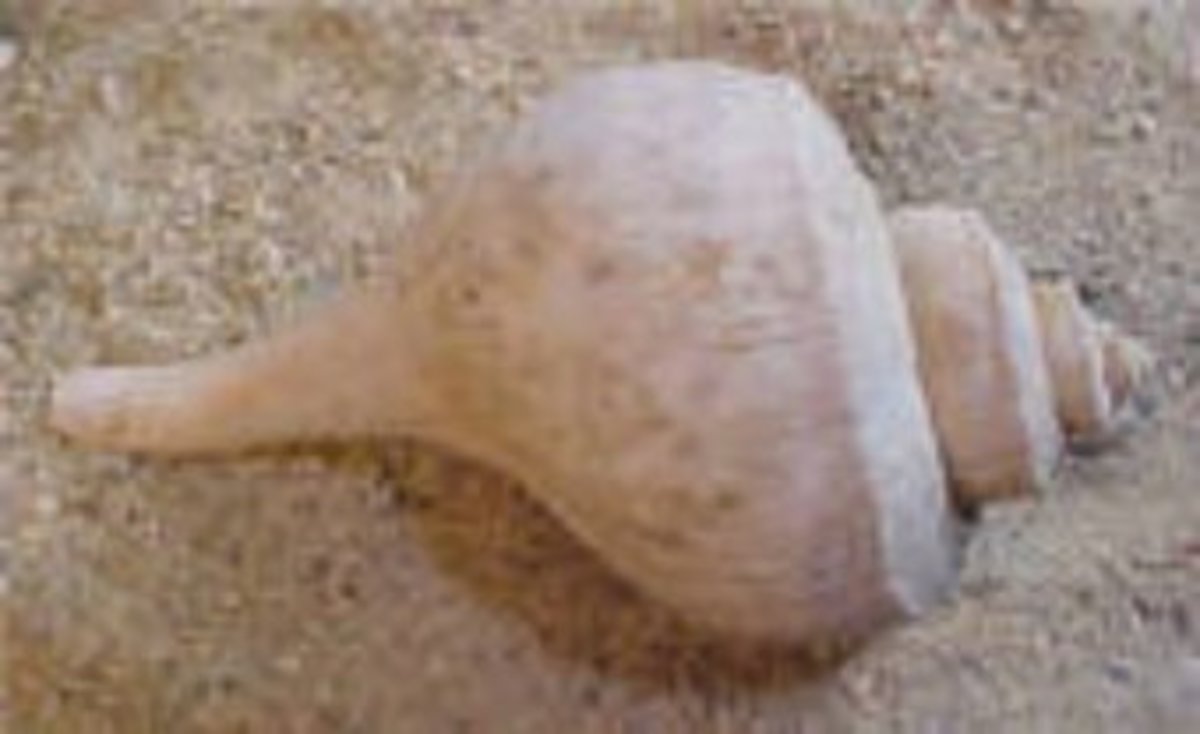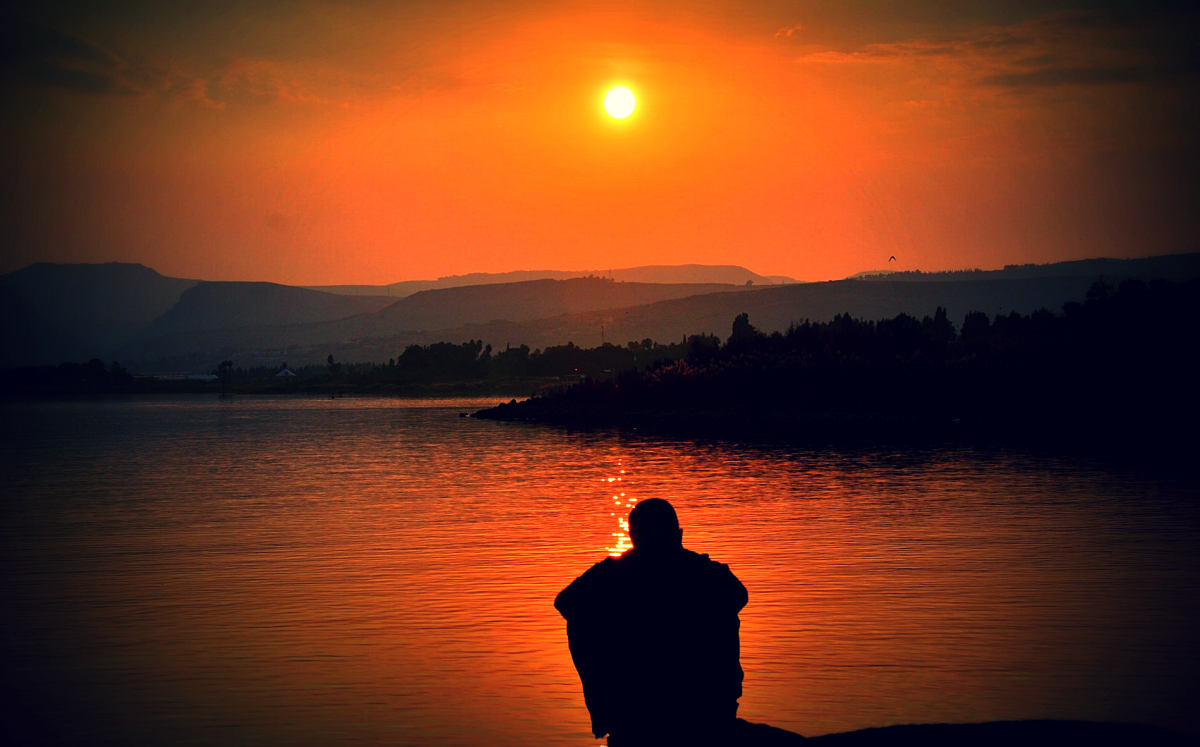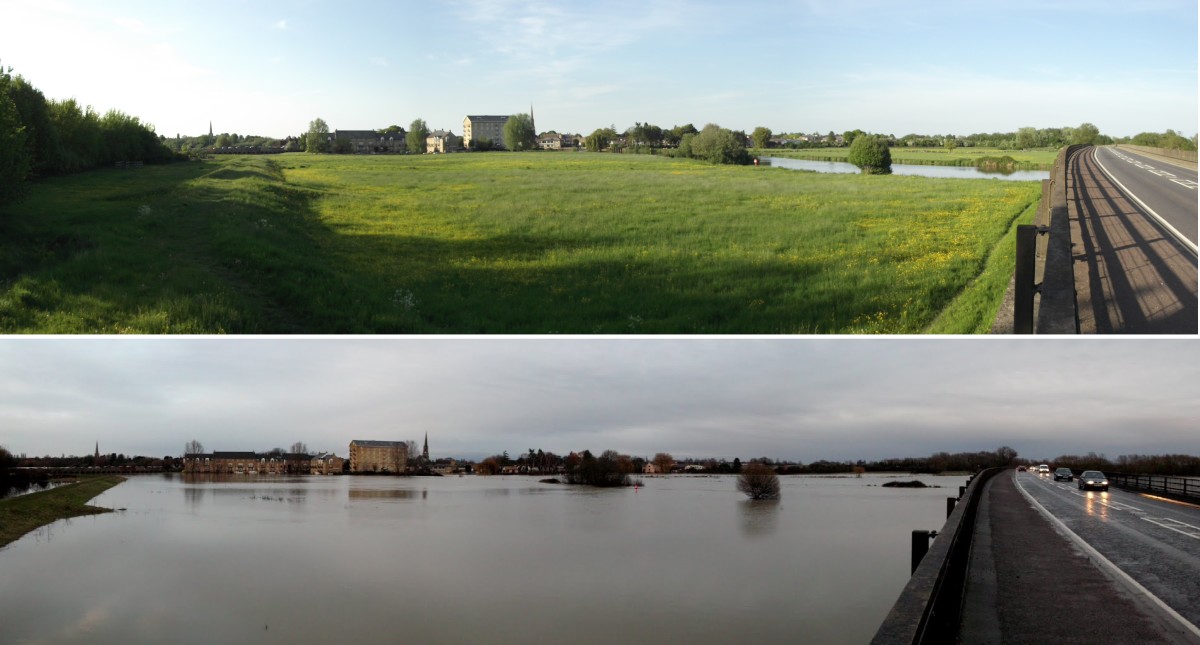The Birth of Oceanography, 150 Years Ago
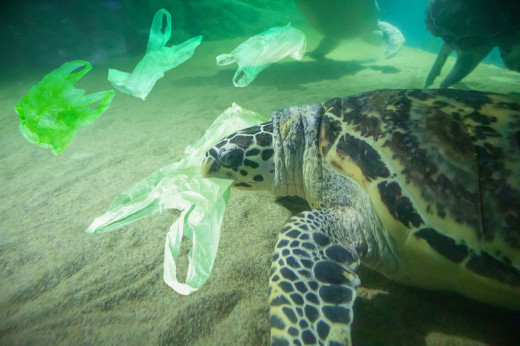
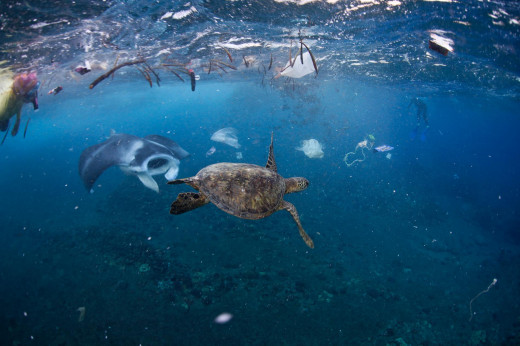
The Treasures of Our Oceans
An under-examined treasure, our magnificent oceans are only 95% discovered thus far. Yet, they are so very critical to human life. As an example, 50% of our oxygen comes from the oceans. It drives our weather, produces countless nutrition, and supports commerce and transportation world-wide. In the United States alone, some 28 million jobs are directly related to our oceans.
Almost 150 years ago, on 21 December 1872, the HMS CHALLENGER sailed from Portsmouth, England, on a special expedition scheduled to last four years to complete. They were to examine the deep-sea floor and collect marine specimens. Before the journey was complete, they would have covered 69,000 miles and collect some 47000 new unseen specimens. And their data included currents, water chemistry, temperature, and marine life.
The journey started sailing south to the Atlantic Ocean, around the Cape of Good Hope. From there, across the Indian Ocean, to the Arctic Circle, to Australia, New Zealand, Hawaiian Islands. It was then sailing to South America, finally crossing the Atlantic Ocean again, heading home to England.
It all began in 1868 when the Royal Society commissioned naturalist William B. Carpenter and Sir Charles Wyville Tomson to explore the oceans. Along with the scientists, Sir John Murray, John Young Buchanan, Henry Nottidge Moseley, and German naturalist, Rudolph Willenoes Sahm. The scientists would have a 'lab' on board to study, label, and preserve the specimens.
Among the discoveries would be included the first-ever map of the ocean floor and finding an enormous depression in the Pacific Ocean, now called the Mariana Trench. And an even greater trench, the Mid-Atlantic Ridge that runs the entire length of the Atlantic Ocean. It seems almost impossible to have made some of these discoveries before the use of modern equipment such as sonar, radar, depth finders, etc., none of which were in existence before the 1900s. Instead, they used old-fashioned methods like hemp ropes with flags to measure depths and wire metal baskets some 3-5 feet wide to collect specimens.
When the expedition ended in 1876, 144 crew members remained of the original 216 members. Seven had died, 26 were unable to continue, and several deserted. And it would take almost 20 years before the findings would be published in the 50 volumes. Two of the hundreds of specimens included an octopus (Marmoratis) drawn by artist J.J. Wild who offered his comment "the greatest advance in the knowledge of our planet since the 15th and 16th centuries."
It is unfortunate that funding is so much lower than funding for space considering that 95% of our ocean's discoveries have yet to be made.
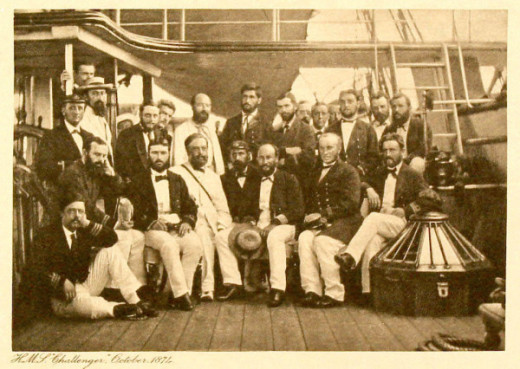
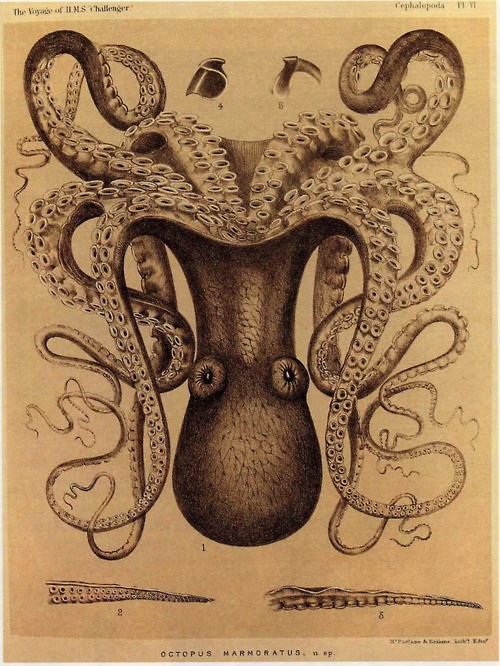
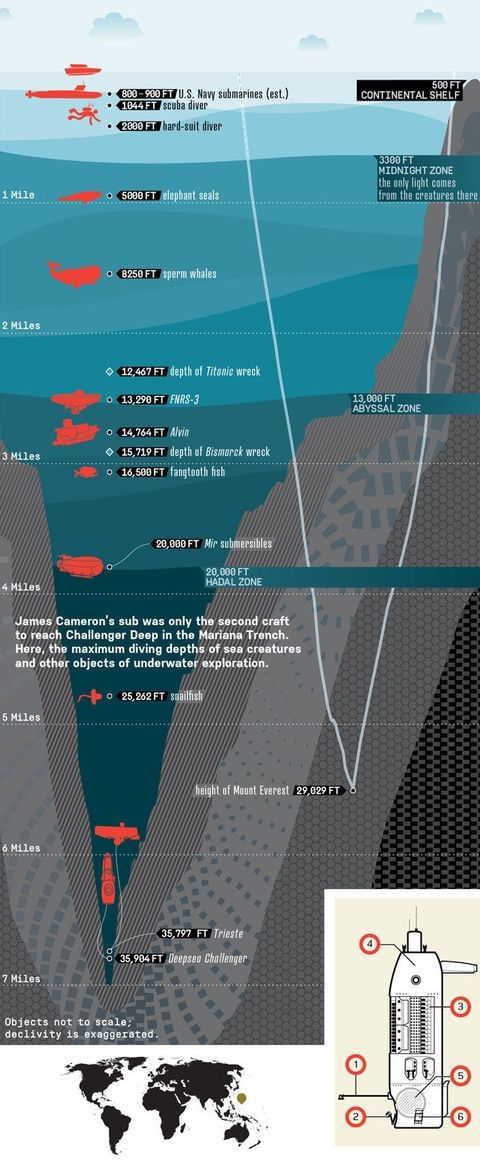
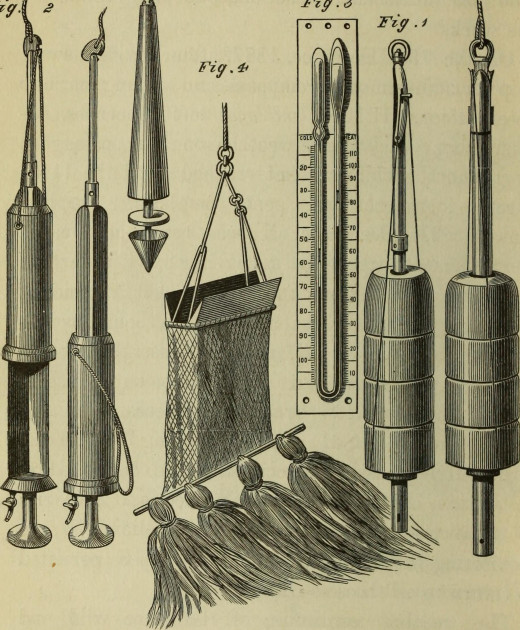
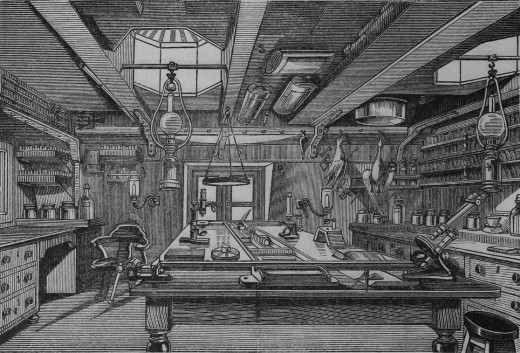
Staggering Statistics
Over 5.2 trillion pieces of plastic and debris accumulate in our oceans and of that, 269,000 floats on the surface and at least 4 billion microplastics fall to the bottom of the deep sea. A young engineering student, 19-year-old, Boyan Slat, decided to address the problem of trash floating in the ocean. He founded Ocean Cleanup, a non-profit organization to clean up the ocean. He was given the title "Dutchman of the Year. Fortunately, there are numerous volunteer organizations devoted to preserve and clean our oceans. Among them are:
Ocean Conservatory
Surfrider Foundation
Sea Shepherd Society
Take 3
Green Peace
Woods Hole Institute
And many more can be found throughout the world.
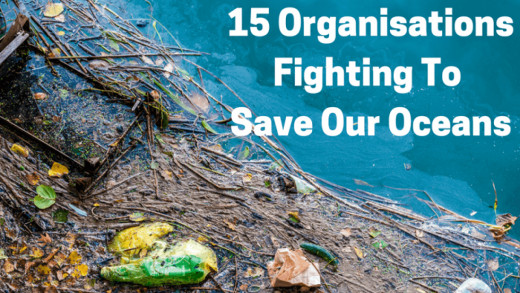
Careers in Ocean Sciences
A bachelor's degree is necessary and preferably a master's with a degree in geoscience, a choice then has to be made of the four concentrations. TheSalaries range from %51,000 to $185,000 with the median being $92,000.
James Cameron, Film Maker, Environmentalist
James Cameron is a Canadian filmmaker famous for the Abyss and Avatar. These two films are the 2nd and third highest-grossing films of all time. They grossed two billion in the U.S. and six billion worldwide. But even more important to his credit is the record he set for the deepest solo dive of 5.1 miles in the Mariana Trench. A little later, he and his crew did a 6.7-mile dive.
Cameron later donated his ten million submersible to the Woods Hole Oceanographic Institute. It took seven years to build, but he graciously donated it to further exploration of the oceans.
